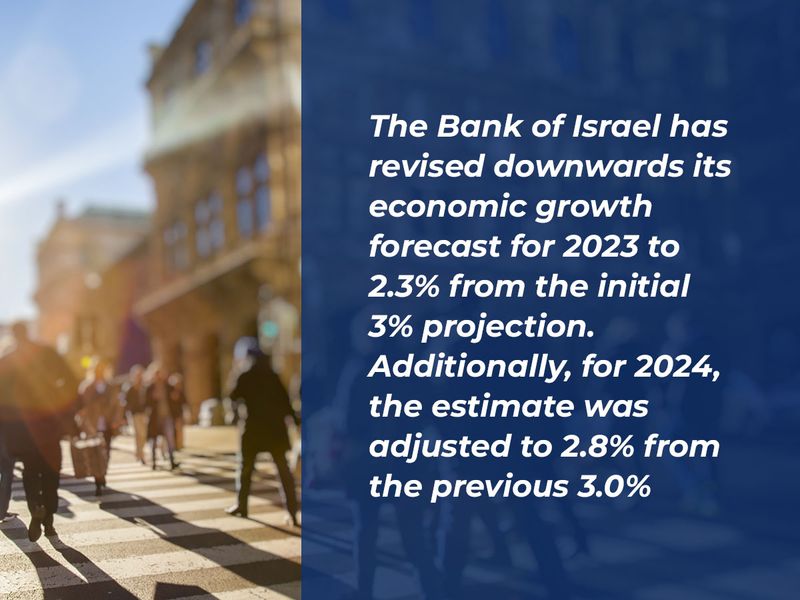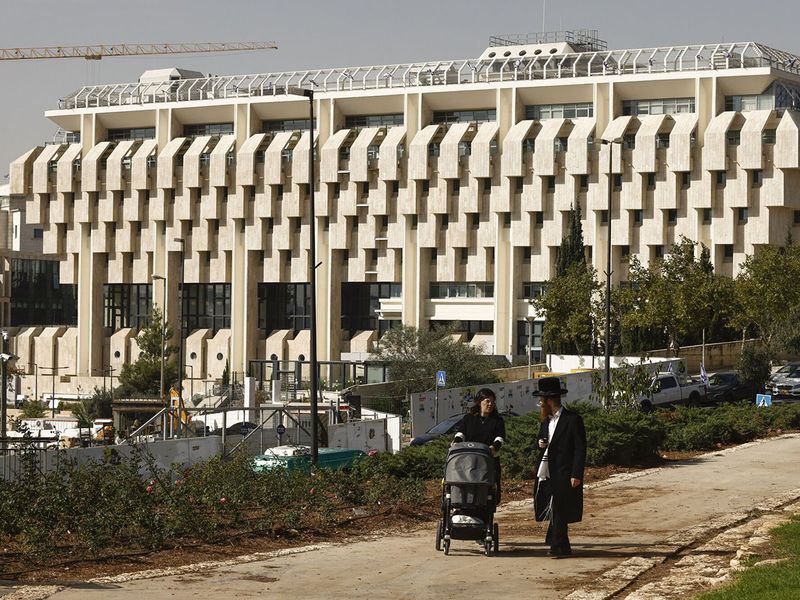
The recent surge in conflict in Israel has rippled through the nation’s economy, unleashing a chain of disruptions across various sectors.
With the call-up of 360,000 reservists and the evacuation of 250,000 individuals, a significant workforce void has emerged, compounded by disrupted supply chains extending from seaports to local markets.
These challenges have confronted businesses across Israel, forcing some retailers to resort to employee furloughs, magnifying the economic strain.
Israel, recognised for its nearly $500 billion economy, had been enjoying stability for a considerable part of 2023. The year was expected to witness a growth rate of 3%, with a low unemployment rate.
However, the ground invasion of Gaza and the looming threat of a broader regional conflict abruptly altered this promising economic course.

Economic uncertainties
Israelis swiftly adapted by tightening their spending habits, focusing primarily on essential purchases, which in turn led to significant economic repercussions.
This shift in consumer behaviour has caused a decline in the shekel’s value and resulted in setbacks across diverse industries.
Per Reuters ratings agencies have sounded alarm bells regarding a potential downgrade in the country’s creditworthiness due to the current economic uncertainties.
Many Israeli cities bear witness to empty restaurants and shops, with significant flight cancellations to Israel and a decline in tourist visits.
Simultaneously, the closure of a pivotal natural gasfield, along with setbacks in agriculture due to a labour shortage, has forced tens of thousands of employees into furlough.

Downward growth forecast
Israel’s Central Bank - Bank of Israel - moved swiftly to revise its economic growth forecast downward from the previously anticipated 3% to 2.3%, under the assumption that the conflict remains contained within the country’s southern region.
While historical data has indicated Israel’s ability to display resilience post-conflicts with groups like Hamas, the current multifaceted conflict, potentially engaging multiple fronts like Lebanon, the West Bank, and Syria, poses an enduring challenge that may impede Israel’s economic recovery.
Even before the outbreak of the conflict, the Israeli economy was grappling with the repercussions of controversial governmental proposals, particularly those seeking to alter the powers of the judiciary.
Historical evidence suggests that past conflicts, such as the 2014 Gaza war and the 2006 Lebanon conflict, have significantly impacted the country’s gross domestic product.
In an attempt to address ongoing economic challenges, Israel’s Finance Ministry introduced an economic aid plan that includes grants for businesses affected by the conflict.
However, critics argue that these measures might fall short, urging a redirection of funds from specific political agendas to support the broader economy.

Lingering sense of shock
The economic impact reaches far beyond monetary figures, depicting the depth and complexity of the challenges faced. Israel is contending with a significantly reduced workforce, persistent security concerns, and a lingering sense of shock following the unexpected Oct. 7 attack.
Reports indicate a discernible decline in various sectors, notably a 12% decrease in credit card transactions, with substantial drops across nearly all categories, except for a surge in supermarket purchases.
The high-tech industry, a pivotal element of Israel’s GDP and exports, is also experiencing strain, compounded by the halting of construction in Tel Aviv.
These pauses have led to significant daily losses, raising concerns about the immediate and long-term economic rehabilitation required post-conflict.
Moreover, the country’s currency and stock index have both witnessed declines. Seeking international aid has become imperative, considering the prolonged impact on Israel’s economic trajectory, necessitating a fundamental re-evaluation of national priorities and substantial financial reallocation to address the aftermath of the conflict and rebuild the economy.
In the face of its wartime challenges and ongoing economic obstacles, Israel’s journey toward recovery appears arduous.




